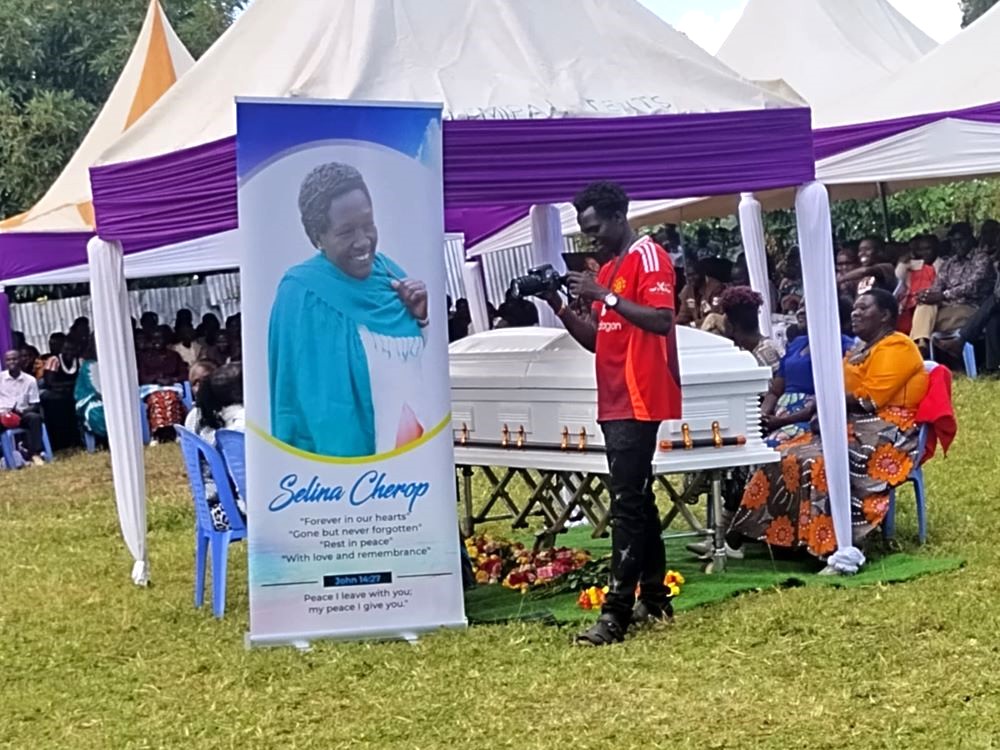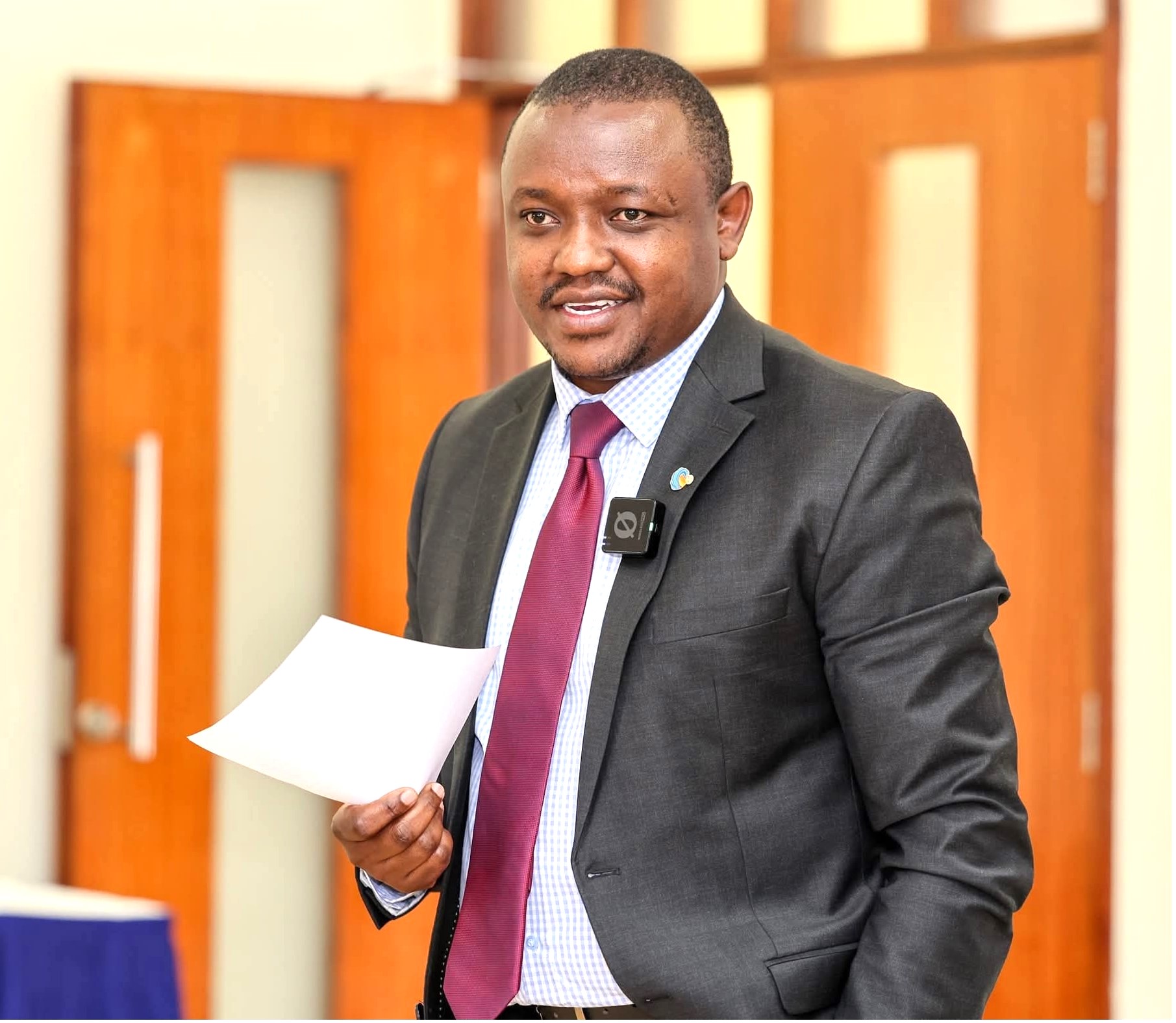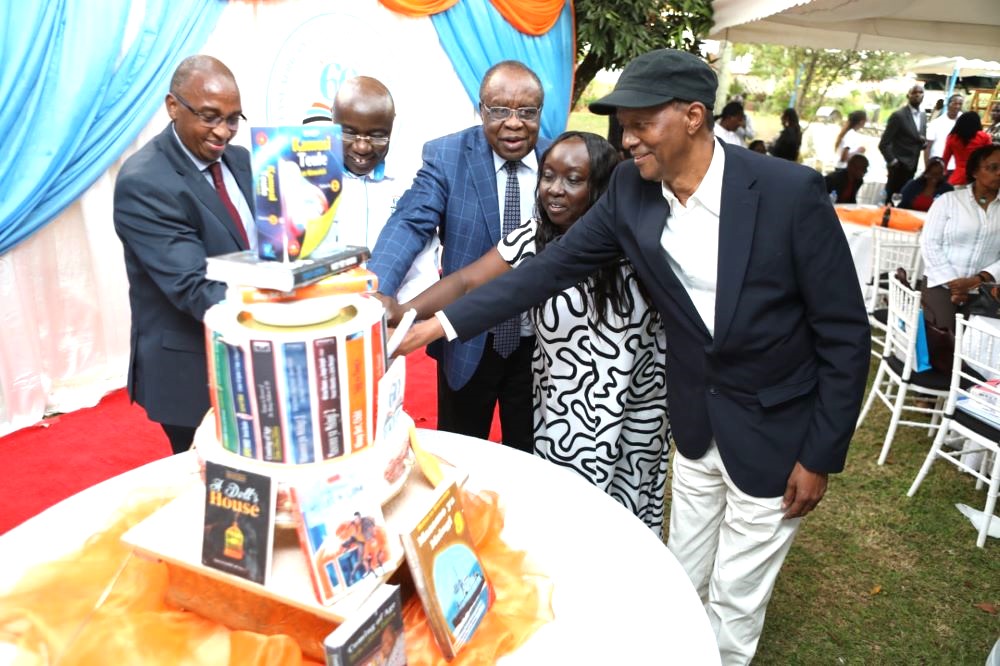Throughout history, there have been remarkable teachers whose belief in their students’ potential has transformed those once dismissed as the dumbest in the class into the brightest minds. These educators did not merely teach content; they inspired, nurtured, and fought for the dignity and capacity of learners others had long given up on. Their stories continue to challenge conventional labels, proving that with the right guidance, patience, and persistence, even the most overlooked student can shine.
One of the most iconic examples is Anne Sullivan, the teacher of Helen Keller. At a young age, Keller became blind and deaf due to an illness, rendering her seemingly unreachable. Many believed she would never learn or communicate. But Anne Sullivan refused to accept that fate. Through tireless effort and inventive methods using sign language and tactile learning, she broke through the silence and darkness of Keller’s world. The young girl learned to spell, to read Braille, to speak, and eventually to write. Helen Keller would go on to graduate from college, write books, and become an internationally respected advocate for the disabled. None of this would have been possible without the patience and persistence of Anne Sullivan, a teacher who saw possibility where others saw limits.
Jaime Escalante, a Bolivian-born teacher at Garfield High School in East Los Angeles, believed that even students from the roughest neighborhoods had the capacity to excel in complex subjects like calculus. His classroom was filled with students labeled lazy, disruptive, or beyond hope. Escalante ignored those labels. He gave his students long hours of practice, built their self-confidence, and challenged them to meet high expectations. In 1982, 18 of his students passed the Advanced Placement Calculus exam – an extraordinary feat that drew national attention. When the testing authority accused them of cheating due to their unexpected success, Escalante stood by them. They retook the exam and passed again, proving to the world that they were not dumb—they had simply needed someone to believe in them. His story inspired the film Stand and Deliver and remains a powerful example of what faith in learners can achieve.
In Chicago, Marva Collins took children who had been labeled unteachable, mentally challenged, or behaviorally problematic and turned them into scholars. She founded Westside Preparatory School in her own home, refusing to accept the low expectations society placed on poor, Black children. Collins used classical literature, Socratic questioning, and firm discipline to build both intellect and character. Her students, many of whom had been kicked out of other schools, went on to excel, gaining scholarships and entering top schools. Marva taught them to see themselves as capable, intelligent, and worthy of greatness. Her philosophy was simple: every child can learn when taught with love and high expectations.
READ ALSO:
Another shining light in the teaching world is Ron Clark, who began teaching in a rural North Carolina school before moving to Harlem in New York City. His students had been written off as failures, and many came from broken homes and violent neighborhoods. But Clark brought an infectious energy to the classroom, turning learning into a thrilling, joyful experience. He sang, danced, played games, and made academic content come alive. The results were dramatic—his students began achieving beyond what anyone thought possible. He later founded the Ron Clark Academy in Atlanta, a school that trains teachers from around the world to replicate his methods. Clark’s story shows that excitement, creativity, and genuine care can awaken even the most discouraged learner.
Erin Gruwell’s experience with the so-called “dumb” students in Long Beach, California, became widely known through the book and film Freedom Writers. Gruwell entered a classroom of students immersed in gang life, trauma, and racial tension. Her students were not expected to graduate, let alone succeed academically. But Gruwell refused to give up on them. She encouraged them to journal their personal experiences, helping them process pain and discover their own voices. Through literature, writing, and trust, she built a community of learners who supported each other. Not only did they graduate, but they published their own book, turning their hardships into a powerful educational tool. Their teacher had opened a door no one else dared to.
Rafe Esquith, another American educator, taught in a poor, predominantly immigrant area of Los Angeles. His classroom became legendary not for discipline problems but for the sound of children performing Shakespeare. Esquith believed that students from disadvantaged backgrounds deserved exposure to the highest levels of art, literature, and critical thinking. He gave them that—teaching them to believe in their own brilliance. Many of his students went on to win scholarships, attend top universities, and return to serve their communities.
Geoffrey Canada, though not a classroom teacher in the traditional sense, revolutionized education in Harlem by recognizing that children’s struggles in school often stem from broader social issues. Through the Harlem Children’s Zone, he provided holistic support – education, health care, parenting classes, and after-school programs. He lifted thousands of children from environments of hopelessness into pathways of success. His work showed that when we care for the whole child, we create the conditions for learning and transformation.
These teachers and educators have one thing in common: they believed in the capacity of every child to succeed, even those considered failures by others. They didn’t allow test scores, family backgrounds, or behavioral issues to define their learners. They saw past the pain, the poverty, and the prejudice. And because they saw potential, their students began to see it too.
In every classroom, there is a student struggling – silent, withdrawn, or misunderstood. That child may one day lead, innovate, or inspire, if only someone takes the time to light the spark within them. These great teachers remind us that teaching is not just about delivering content – it is about delivering hope. And in doing so, they change not only grades and futures but entire lives.
By Ashford Kimani
Ashford teaches English and Literature in Gatundu North Sub County and serves as Dean of Studies
You can also follow our social media pages on Twitter: Education News KE and Facebook: Education News Newspaper for timely updates.
>>> Click here to stay up-to-date with trending regional stories
>>> Click here to read more informed opinions on the country’s education landscape
>>> Click here to stay ahead with the latest national news.






